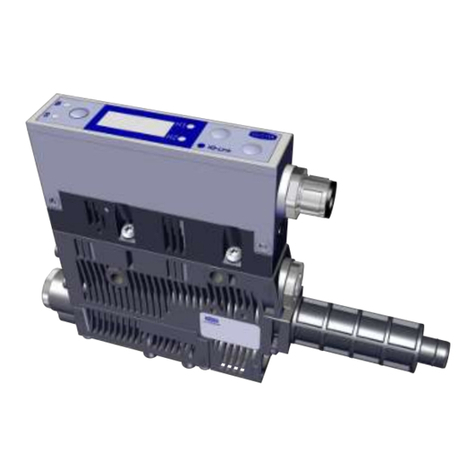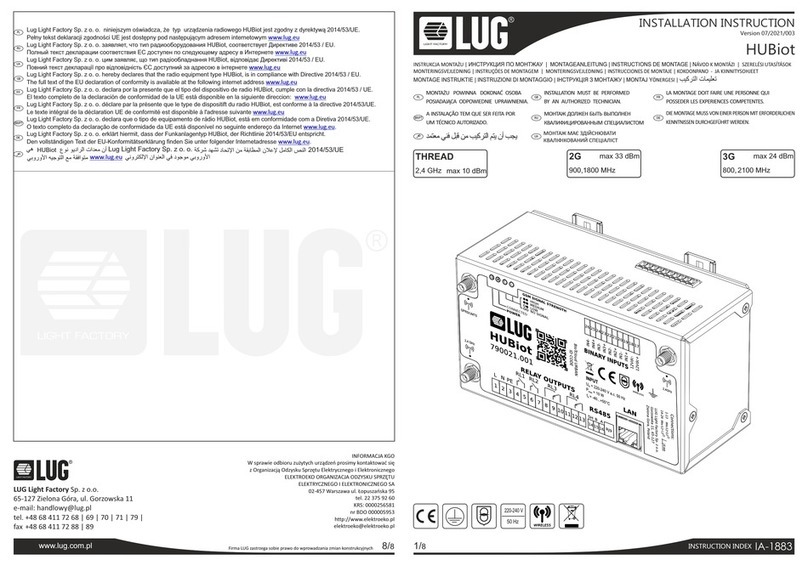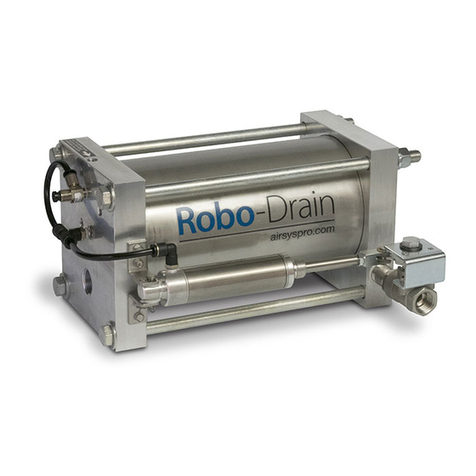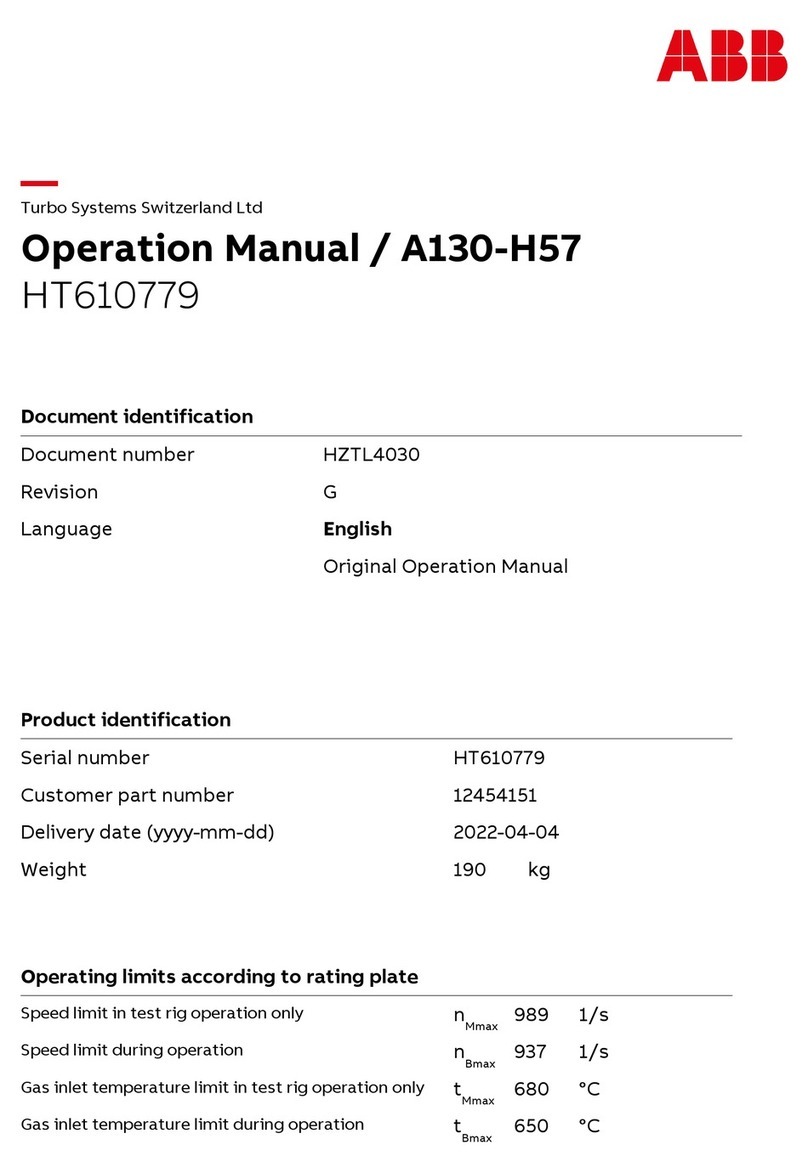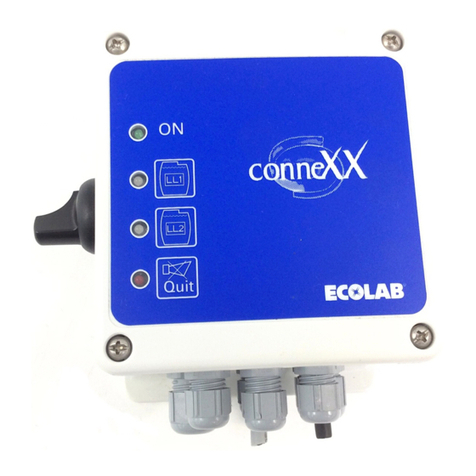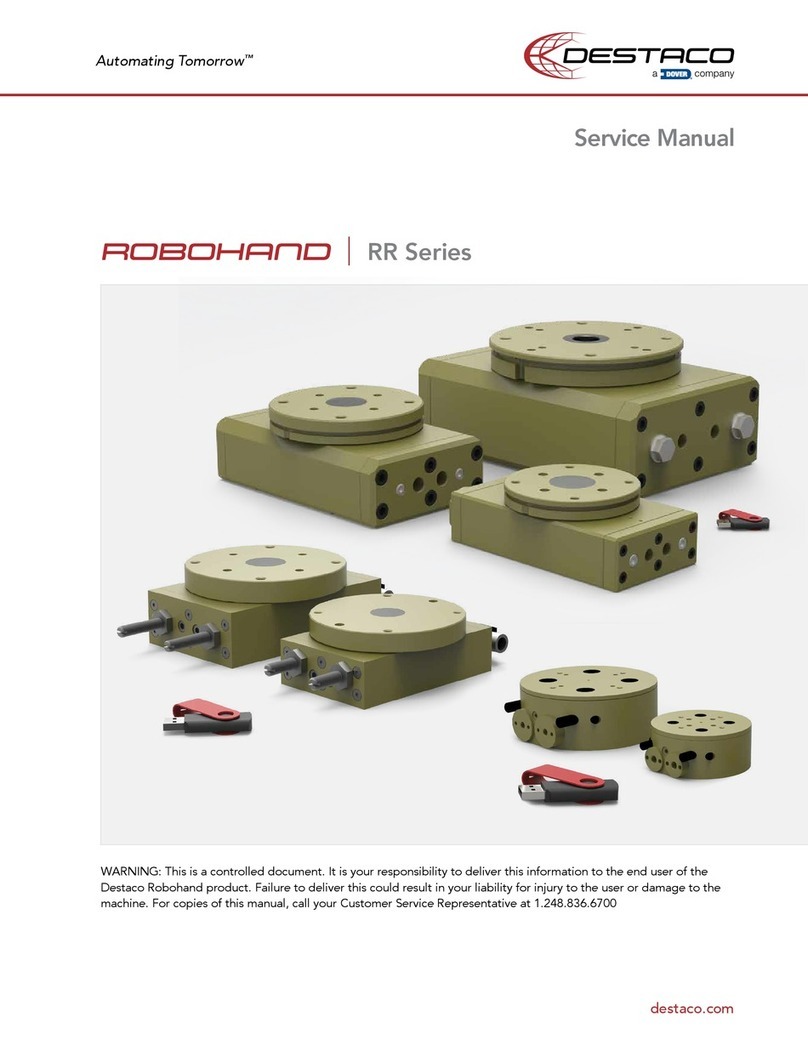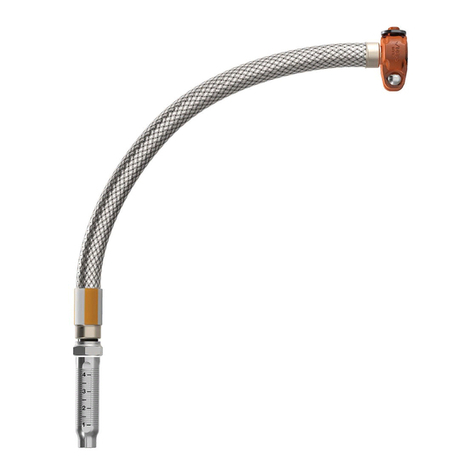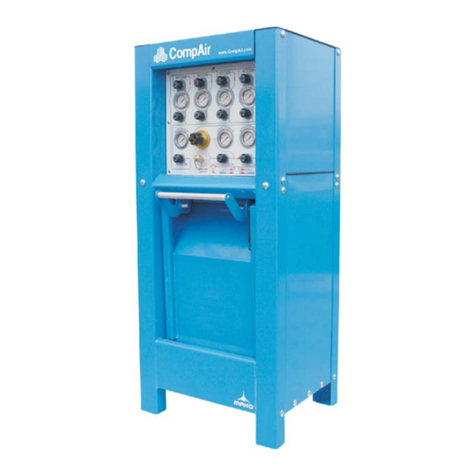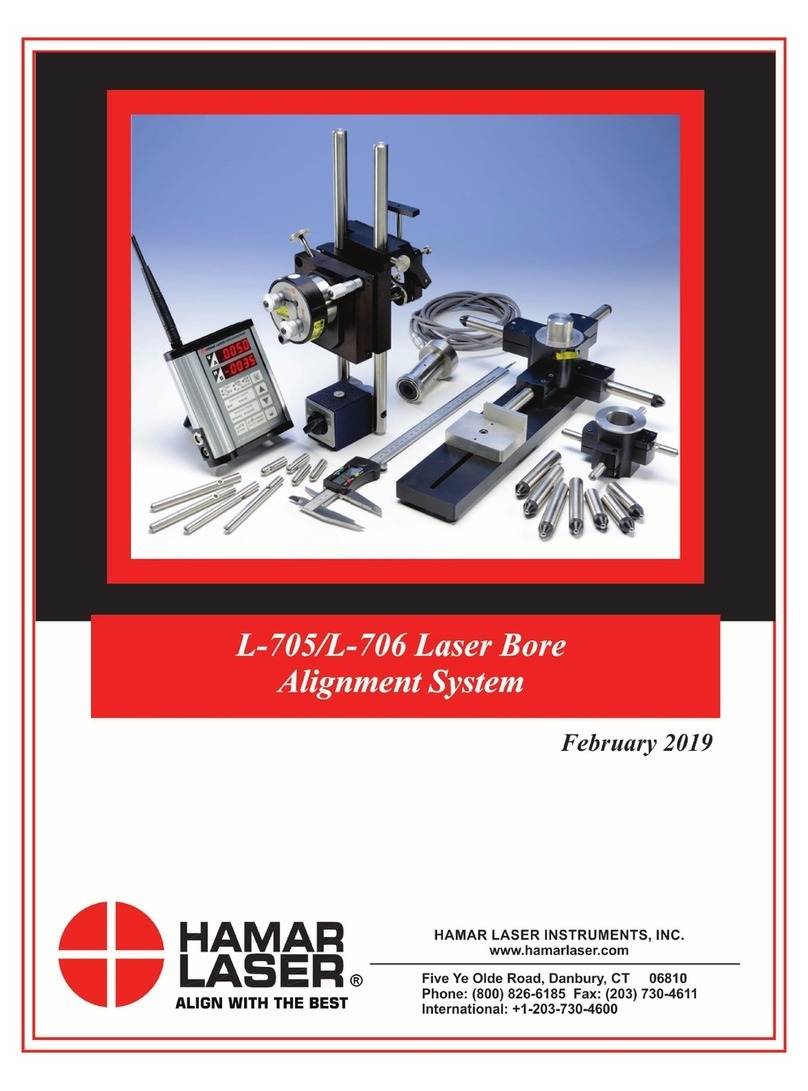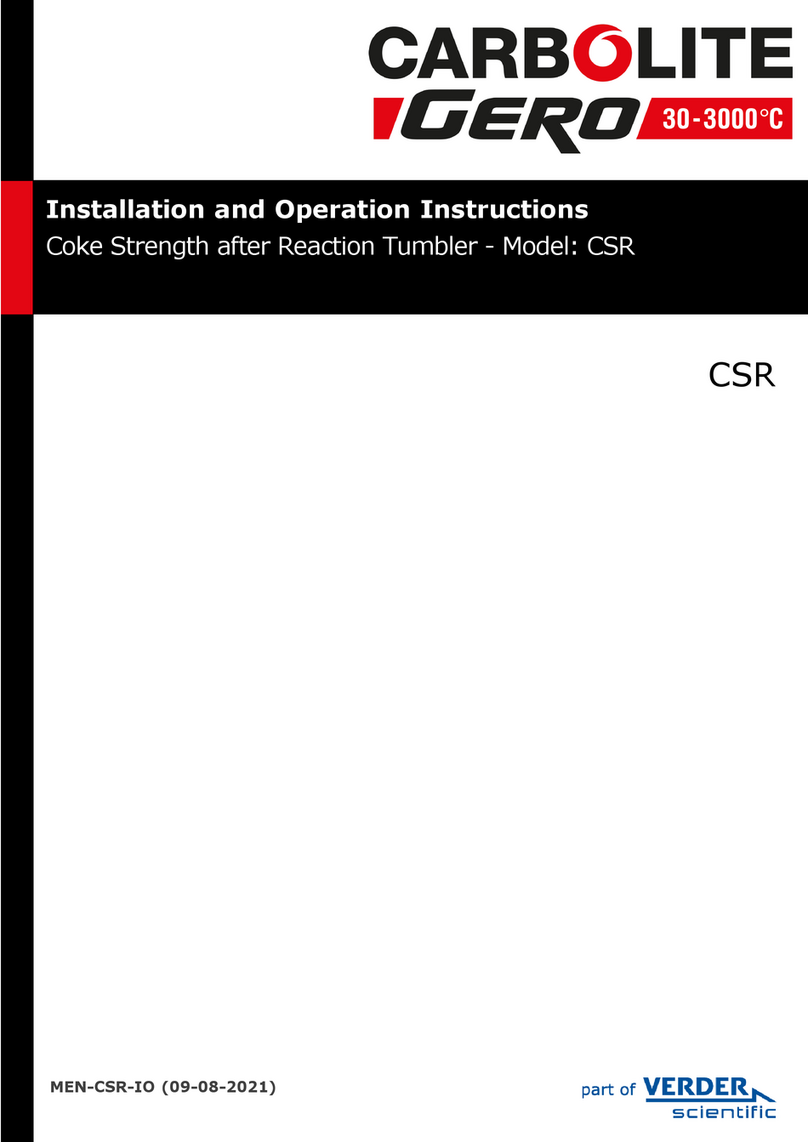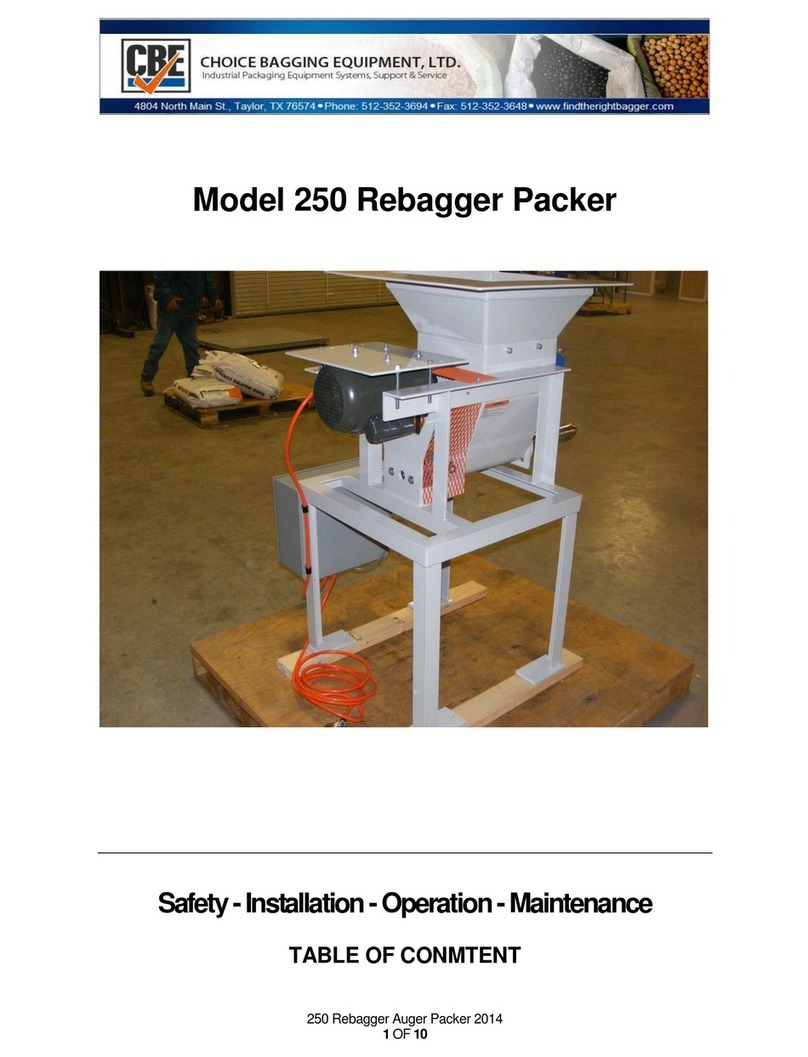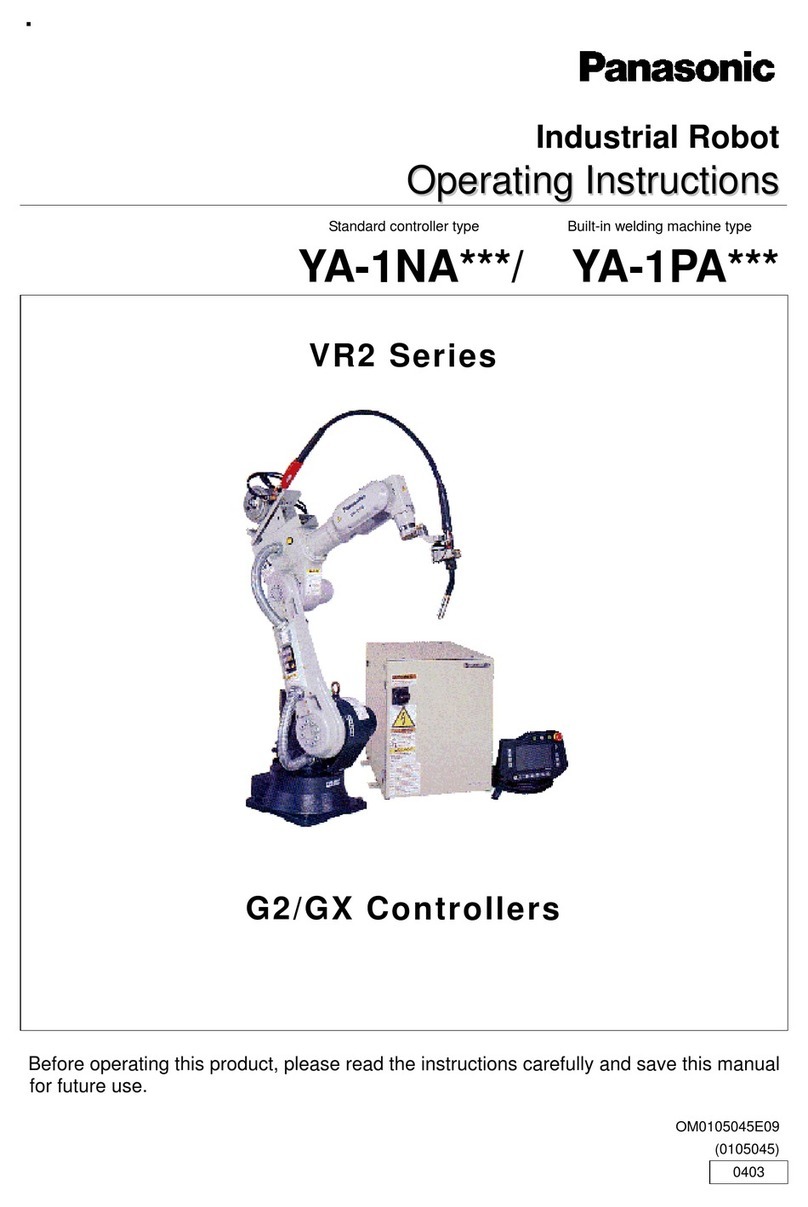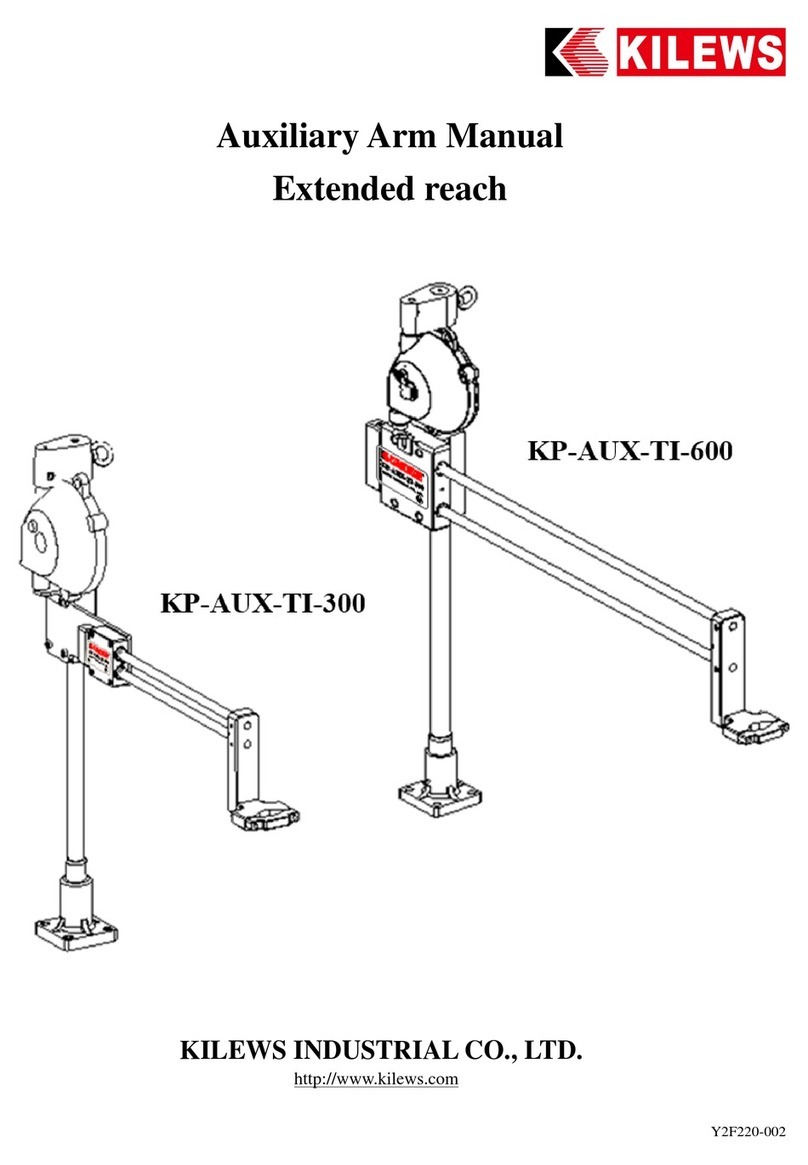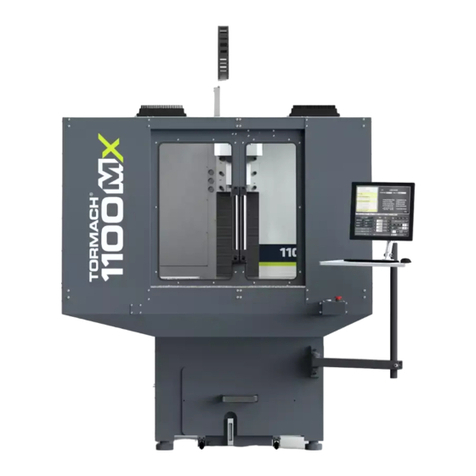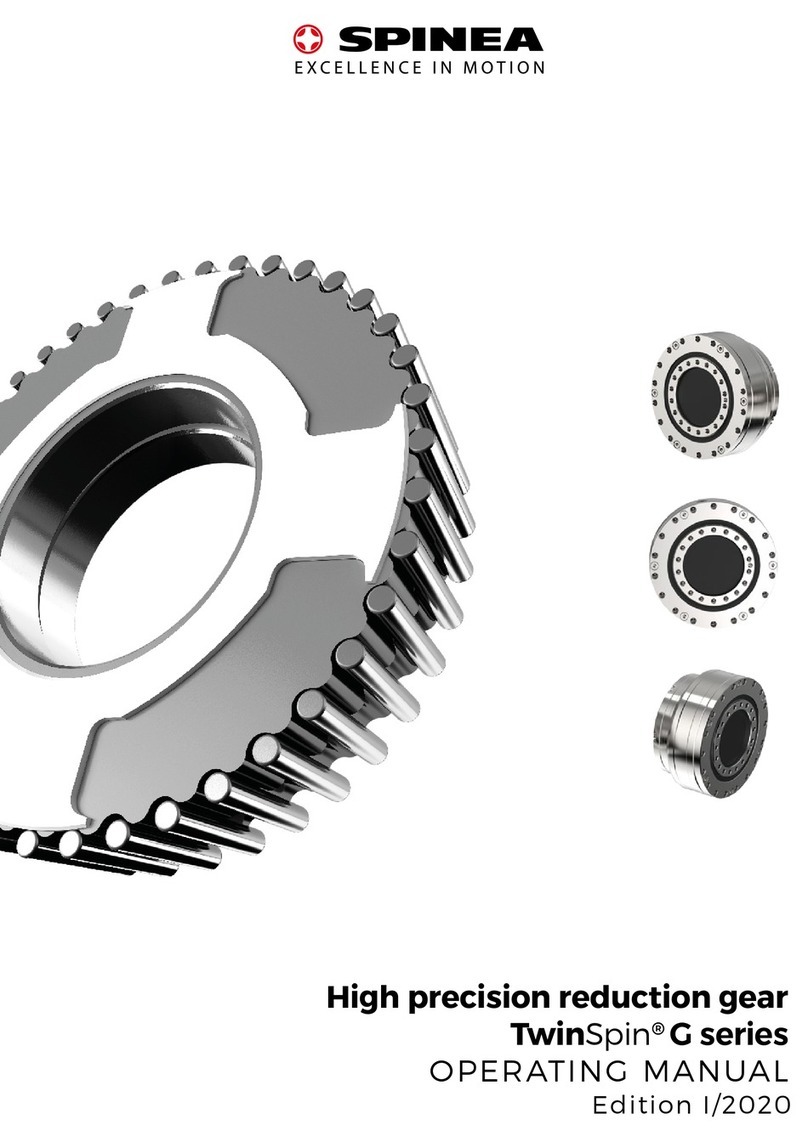2
Table of contents
1 General Information........................................................................................................................ 3
1.1 Introduction............................................................................................................................. 3
1.2 Use of the reducer................................................................................................................... 3
1.3 Terminology and types of alerts.............................................................................................. 3
2 Safety instructions........................................................................................................................... 4
2.1 General inustrctions................................................................................................................ 4
2.2 Installation of the reducer....................................................................................................... 4
2.3 Operation of the reducer ........................................................................................................ 5
2.4 Disposal ................................................................................................................................... 6
2.5 EU Directive 2006/42/EC......................................................................................................... 6
3 Product Description......................................................................................................................... 7
3.1 Reducer versions ..................................................................................................................... 7
4 Chapter Mounting Reducers in Applications................................................................................. 10
4.1 Motor flanges........................................................................................................................ 10
4.2 Bolts and tightening torque for mounting reducers............................................................. 11
4.3 Sealing components for sealed reducers .............................................................................. 13
4.4 Permissible input shaft load.................................................................................................. 13
4.5 Installation of TwinSpin reducers.......................................................................................... 14
4.5.1 Assembly with direct connection to the motor with the keyway..................................... 16
4.5.2 Mounting with adapter (splined or keyway) with smooth shaft motor ........................... 17
4.5.3 Assembly with coupling..................................................................................................... 18
4.5.4 Mounting with pulley ........................................................................................................ 19
4.5.5 Specific installation warnings............................................................................................ 19
5 Lubrication of reducers ................................................................................................................. 20
6 Storage and transport ................................................................................................................... 21
7 Warranty ....................................................................................................................................... 21
8 Operation of reducers................................................................................................................... 22
9 Labelling of reducers ..................................................................................................................... 23
10 Service ....................................................................................................................................... 23






















